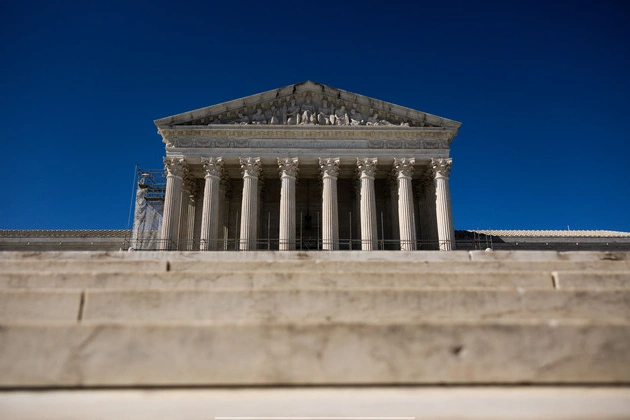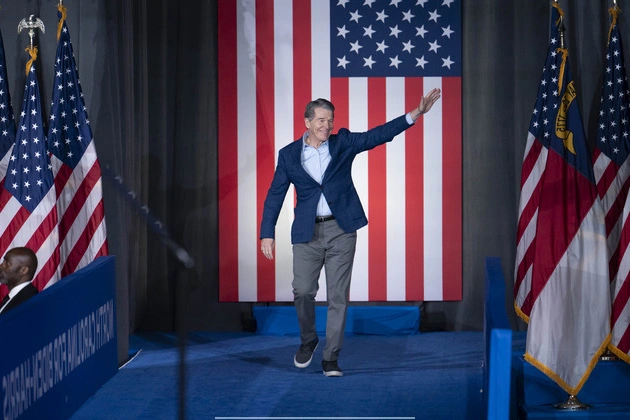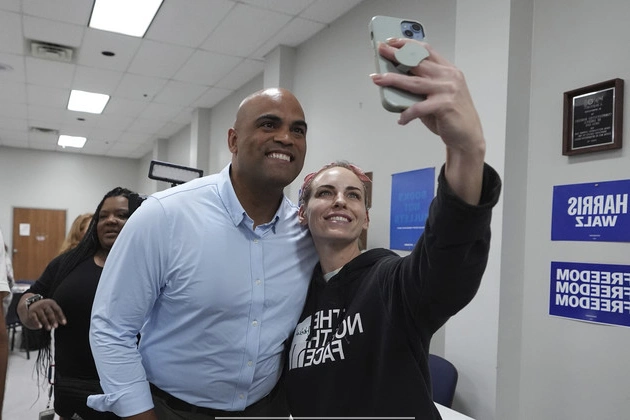
The Supreme Court made a significant ruling on job discrimination lawsuits, particularly for majority group plaintiffs, under Title VII of the federal civil rights law. Justice Ketanji Brown Jackson, appointed by President Joe Biden, authored the decision.
Legal Standard for Reverse Discrimination
The unanimous decision clarified that members of majority groups should not face a higher legal standard than minorities in reverse discrimination lawsuits. This ruling aims to provide equal opportunities for all individuals in employment cases.
Marlean Ames, the plaintiff in this case, alleged discrimination in an Ohio state government job. Lower courts initially dismissed her lawsuit, citing the need for ‘background circumstances’ to prove bias against the majority. However, the Supreme Court overturned this requirement as inconsistent with federal civil rights laws.
Implications of the Ruling
By eliminating the ‘background circumstances’ test, the Supreme Court’s decision may make it easier for men and white individuals to pursue job discrimination claims. This ruling sets a precedent for fair treatment in employment practices.
Justice Clarence Thomas, in a concurring opinion, emphasized the importance of equal legal standards for all racial discrimination lawsuits. This inclusive approach aims to address complexities in defining racial majorities and minorities.
Next Steps
The Supreme Court’s ruling sends Marlean Ames’ case back for further review, offering her the opportunity to substantiate her claims of discrimination. The decision underscores the importance of upholding civil rights laws in the workplace.
As this case unites diverse political and legal perspectives, it highlights the need for equitable treatment in employment matters. While the decision may lead to increased litigation, it also reaffirms the commitment to combating discrimination in all forms.











